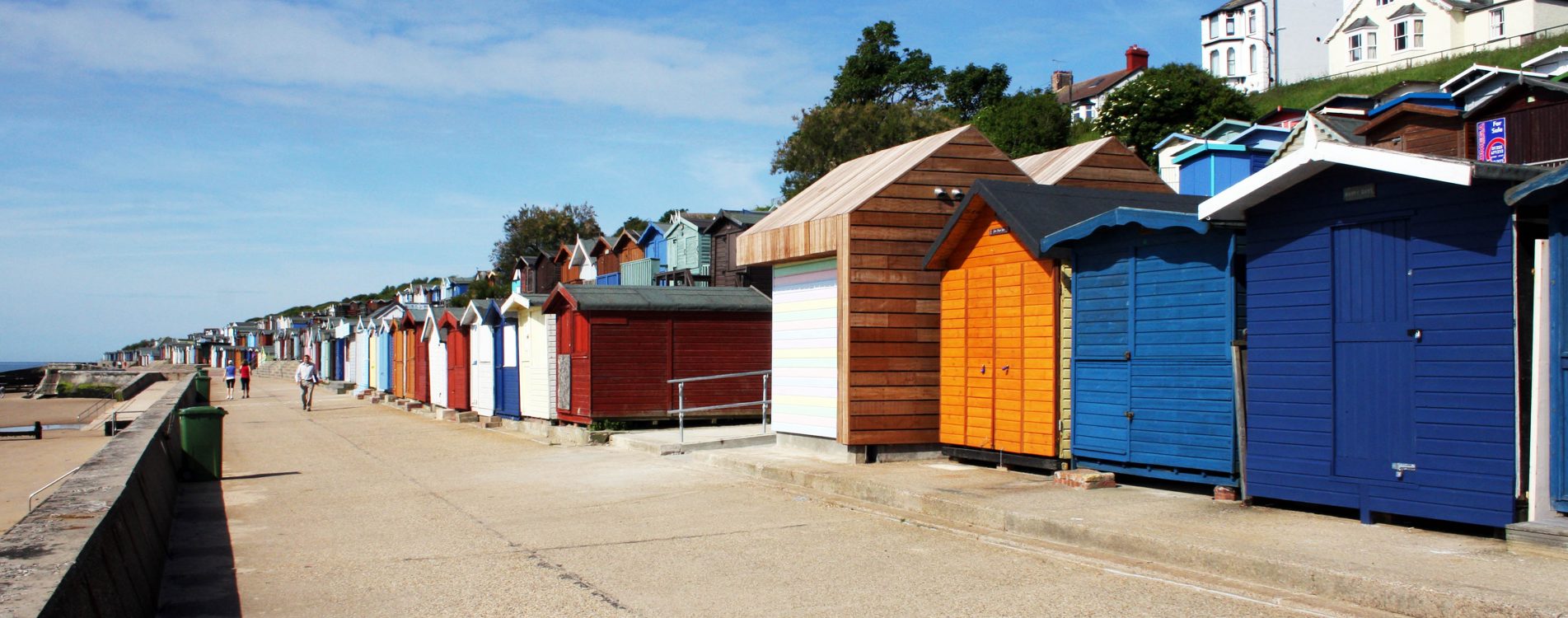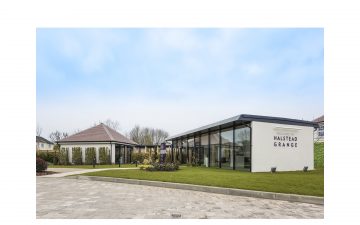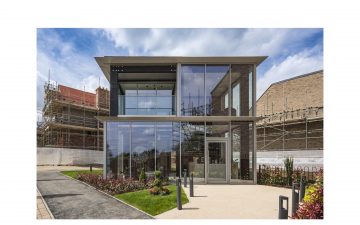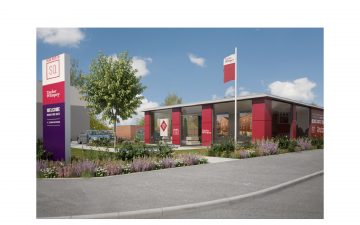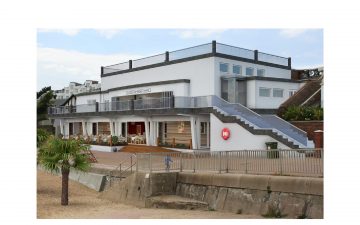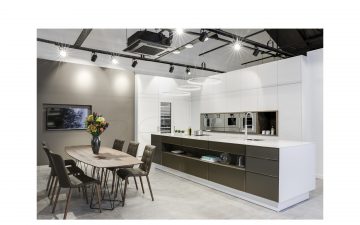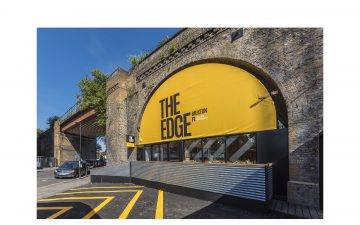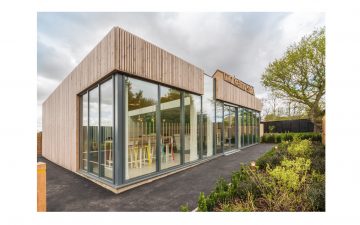Accessible changing facilities, Clacton-on-Sea & Walton-on-the-Naze
CLIENT: Tendring District Council
COMPLETED: 2015
LOCATION: Clacton on sea, Walton on the Naze, Essex
SIZE: 12sqm
The Changing Places Consortium provide changing facilities and toilets for people who cannot use standard accessible toilets. This includes people with profound and multiple learning disabilities, motor neurone disease, multiple sclerosis, cerebral palsy, as well as older people. To use the toilet in safety and comfort, many people need to be able to access a Changing Places, which have more space and the right equipment, including a height adjustable changing bench and a hoist.
We were approached by Tendring District Council to design two new Changing Places, one in Clacton on sea, and one in Walton on the Naze as part of a forward thinking initiative by the LA and local councillors. A grant had been provided by Essex County Council Short Breaks team to facilitate the initiative.
Several possible seafront sites were identified, and after initial appraisals were carried out and sites chosen, we provided concept designs for the new buildings. The two buildings were essentially the same, utilising economies of scale to demonstrate value and maximise the available grant funding. The Clacton site required the building to be pushed into the bank in order to maintain the minimum dimensions required by Changing Places for the facility to be compliant.
As part of our appointment we carried out the Technical Design and coordination and administered the build contract. The project was delivered on budget, to the very tight program set out within the terms of the grant funding, and the building was recognised nationally winning multiple awards for the Technical Excellence of the scheme, most credibly through the Chartered Institute of Architectural Technologists (CIAT) Alan King Award scheme.
The buildings have both aged well in the harsh environment of the immediate seafront, silvering and softening into their respective setting of aging beach huts. The timber chosen for the cladding was Iroko which has a medium texture, and is very durable. Iroko is resistant to both rot and insect attack; it’s sometimes used as a substitute for Teak.
